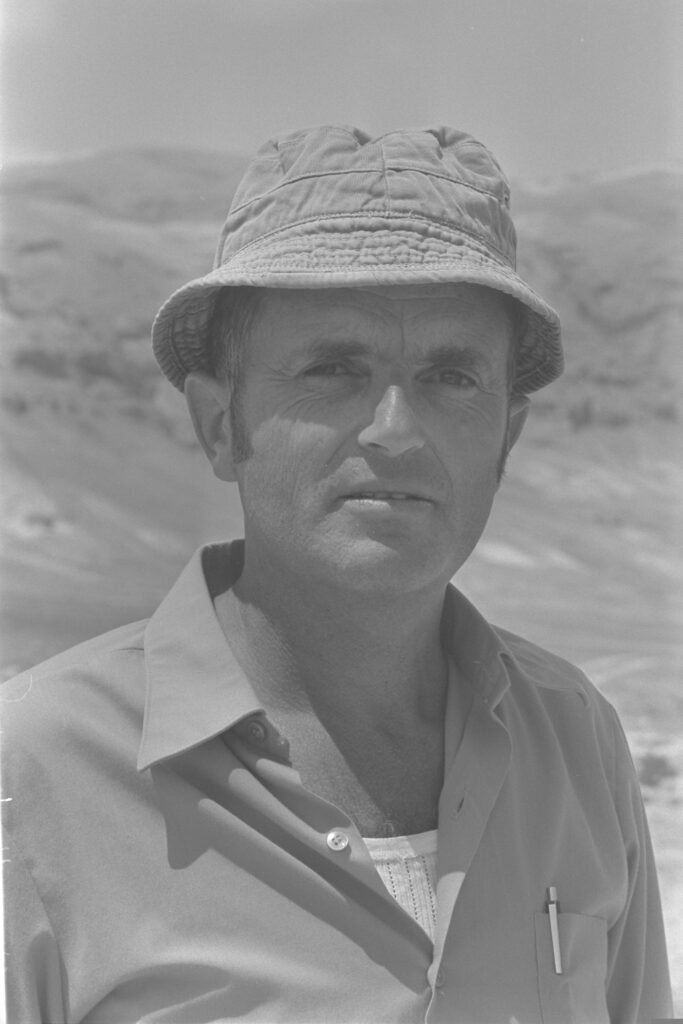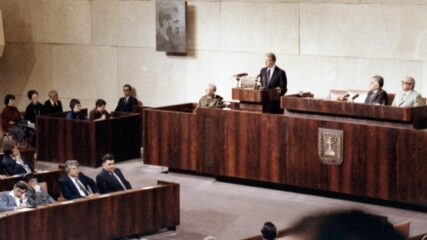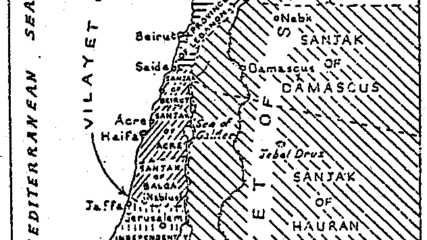May 13, 1934
Archaeologist Ehud Netzer is born in Jerusalem to teachers Joseph and Pua Menczel.
After graduating from the Technion with a degree in architecture in 1958, Netzer earns a doctorate in archaeology from the Hebrew University of Jerusalem. His interest in archaeology is piqued when he participates in digs at Masada with Yigael Yadin during his summer breaks. After Yadin’s death, Netzer completes the final report on the buildings excavated at Masada, and he later leads the restoration of the site for the National Parks Authority.
Having started his fieldwork at one fortress built by Herod the Great, Netzer devotes most of his career to another masterwork by Herod, the palace fortress of Herodium in the Judean Desert. Netzer first digs there in 1972, then spends more than 30 years at the site, first working his way through the Byzantine layer to reach Herod’s construction. In 2007 he announces the discovery of Herod’s tomb. The burial site includes a podium, some urns and a shattered limestone sarcophagus decorated with rosettes.
His other excavations include what he identifies as the oldest synagogue ever found, Wadi Qelt, dating from the first century B.C.E. near Jericho; elaborate Herodian and Hasmonean winter palaces, including gardens and pools, also near Jericho; and a celebrated mosaic synagogue floor in northern Israel.
He dies Oct. 28, 2010, at age 76 after falling 20 feet and fracturing his skull and neck vertebrae at Herod’s mountainside burial site when a handrail breaks while he is speaking to colleagues.









